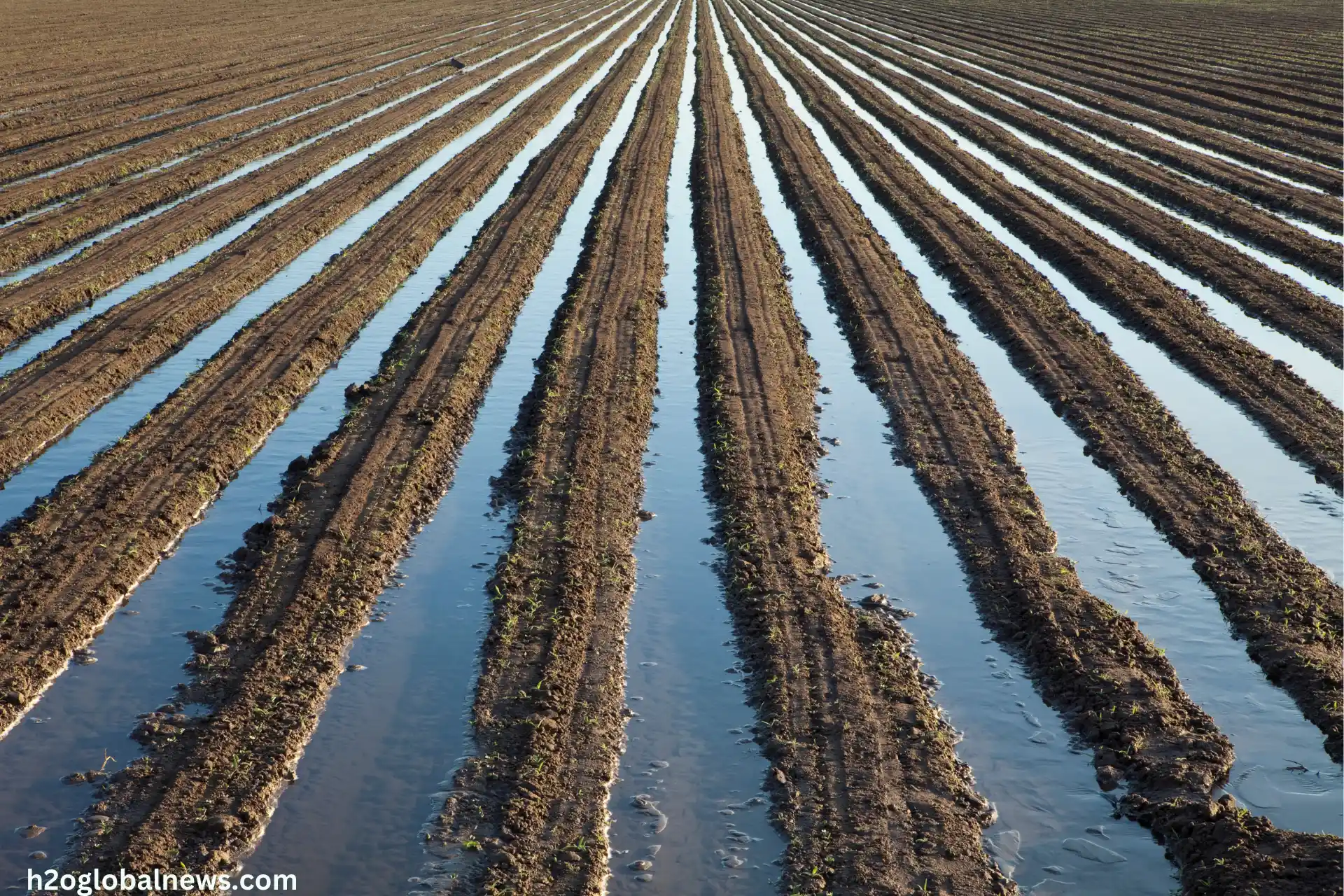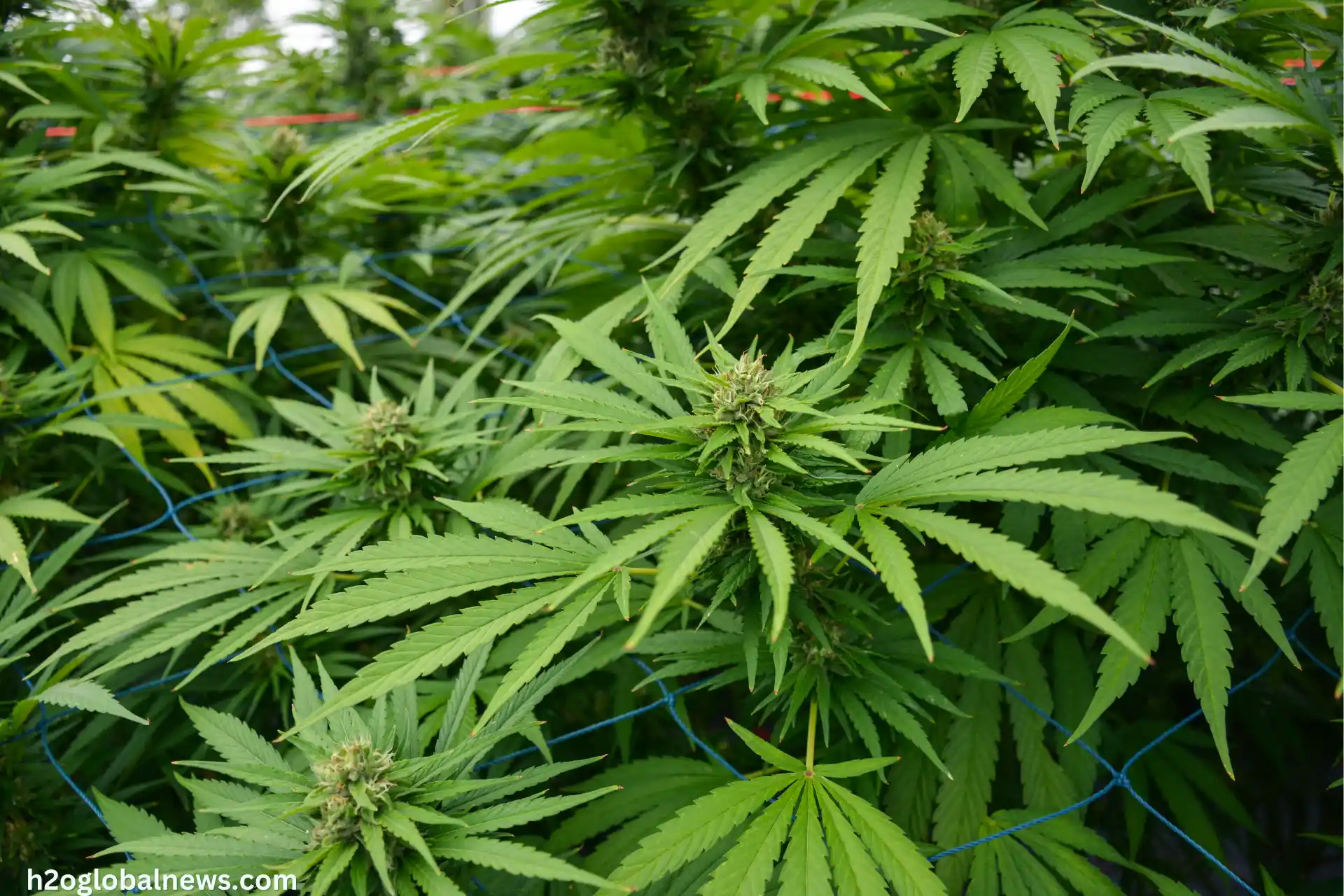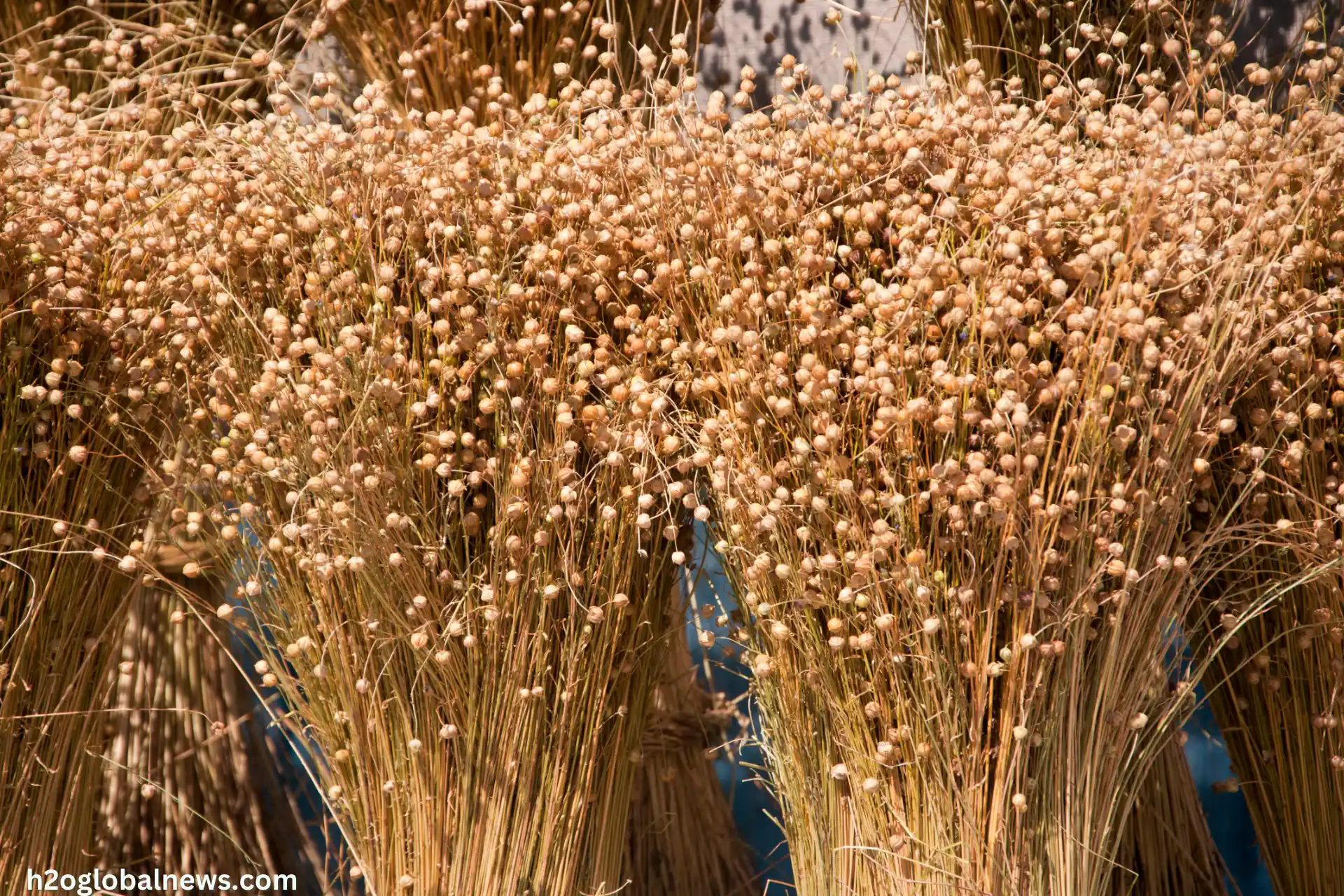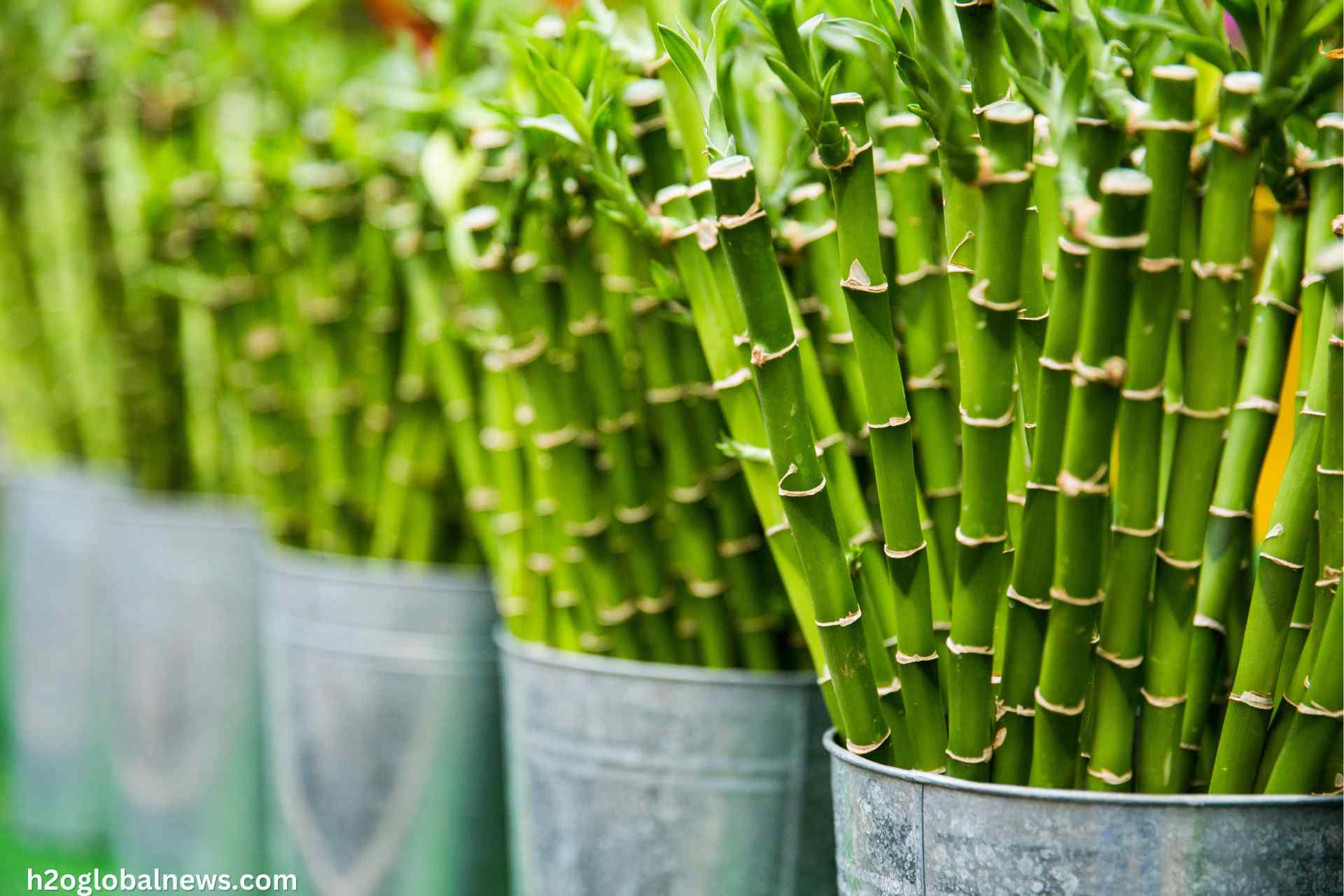Cotton, also known as “white gold,” is an essential global crop that is the basis for the textile industry. However, cotton farming presents considerable issues due to its high water consumption and environmental impact. With increased worries about water scarcity, it is critical to understand the dynamics of cotton agriculture and look for sustainable alternatives.
With the projected global population reaching 9.7 billion by 2050, the world needs more cotton and the fibers, food, and other commodities you produce. By taking steps now to farm cotton in a water-wise and climate-smart manner, you can build resilience, ensure the continuity of your farm, and play an essential role in meeting future resource challenges.
How Much Water Does Cotton Need?
Cotton is a water-intensive crop, requiring approximately 7,000 to 10,000 liters of water to produce just one kilogram of cotton, which equates to the material for a single t-shirt and pair of jeans. This demand places immense pressure on water resources, especially in arid and semi-arid regions where cotton is often grown.
The actual amount depends on climate, weather conditions, and irrigation methods. Drip irrigation and other water-efficient methods can help reduce usage, but cotton will always need significantly more water than most other crops.
Cotton farming accounts for 2.6% of the world’s cultivated land but uses up to 10% of the world’s agricultural water. Cotton crops deplete groundwater sources and divert water away from communities and ecosystems. This threatens food security and biodiversity in some regions.
Smart Solutions for Sustainable Cotton Farming
1. Water-Efficient Irrigation
-
Drip Irrigation: Delivers water directly to roots, saving up to 50% more than traditional methods.
-
Subsurface Drip Irrigation: Minimizes evaporation by applying water underground.
-
Precision Irrigation: Uses sensors and satellite data to apply water only where needed.
-
Deficit Irrigation: Applies water at reduced levels during non-critical growth stages without severely affecting yield.
These technologies are key to reducing cotton water usage in water-scarce regions.
2. Drought-Resistant Cotton Varieties
Seed breeders are developing new varieties that provide high yields using less water. Farmers in water-stressed areas can benefit from developing and producing drought-resistant cotton types. Biotechnology and genetic engineering play critical roles in this advancement.
3. Integrated Water Management
Governments and farming cooperatives are working together to support:
-
Aquifer recharge projects
-
Wastewater recycling for irrigation
Such systems help build long-term water resilience for cotton farming.
4. Crop Rotation for Soil Conservation
Including crop rotation and cover crops in cotton, farming cycles can improve soil health and prevent degradation. These methods increase the soil’s ability to retain moisture and nutrients, supporting long-term sustainability.
Major Challenges in Cotton Farming
The primary challenge is the need for more water for irrigation. Cotton is a thirsty crop, requiring up to 5,000 liters of water to produce just one kilogram of fiber. In water-scarce areas, meeting these high water demands strains limited resources. Drip and precision irrigation can help conserve water, but rainfall and aquifer levels ultimately determine how much you have to work with.
Water Scarcity
Cotton’s water demands are a significant burden on already-stressed regions. Farmers must adopt efficient irrigation systems to protect limited freshwater supplies.
Soil Degradation
Continuous cotton cultivation can strip the soil of nutrients, decreasing its ability to retain water and support crops.
Pest Infestation
Cotton pests like bollworms and mites increase pesticide use, worsening environmental pollution and soil health.
Environmental Damage
From water contamination to ecosystem disruption, cotton environmental issues extend beyond just farming—it’s about long-term impact.
Water-Efficient Irrigation Methods for Cotton Farming
To efficiently irrigate cotton in water-scarce areas, several methods can be employed:
Drip Irrigation
Drip irrigation, or trickle or micro irrigation, is an efficient method for irrigating cotton. Small-diameter tubes deliver water directly to the plant’s root zone at a low flow rate. Drip irrigation requires 20-50% less water than other irrigation methods since water is only applied where needed. Installing drip irrigation for cotton farming does require initial investment and maintenance but can provide significant long-term water savings.
Subsurface Drip Irrigation
Subsurface drip irrigation involves burying the drip tubes below the soil surface. This irrigation technique helps reduce water loss from evaporation and transpiration since the water is delivered directly to the plant roots underground. Studies show that subsurface drip irrigation can improve cotton yields by 10-30% compared to surface drip irrigation, using 15-30% less water. However, clogging the buried drip tubes may require occasional flushing and maintenance.
Precision Irrigation
Precision irrigation, also known as variable rate irrigation, uses sensors and GPS to apply water based on the specific needs of different field parts. Soil moisture sensors, infrared sensors, and yield monitors provide real-time data to ensure optimal moisture levels for plant growth across the entire cotton field. Although precision irrigation systems require technological investment, they can improve crop yields and quality while reducing water usage by up to 30% compared to conventional irrigation methods.
Deficit Irrigation
Deficit irrigation involves applying water below the complete crop irrigation requirement. By intentionally stressing the cotton plants during certain growth stages, deficit irrigation can reduce water use by up to 50% with minimal impacts on yield. Careful monitoring and timing of deficit irrigation is required to avoid significant yield or quality reductions. When appropriately used, deficit irrigation is an effective method for optimizing water usage in cotton farming.
Global Efforts to Combat Water Scarcity in Cotton Farming
Countries and organizations around the world are taking action to solve the water scarcity connected with cotton farming:
- India and Pakistan promote micro-irrigation technology and offer farmers subsidies for water-efficient technologies.
- United States: Implementing conservation initiatives and policies to improve water use in the Cotton Belt.
- Australia leads sustainable cotton cultivation with innovative irrigation systems and soil health practices.
Exploring Alternative Fibres That Require Less Water
As water scarcity threatens cotton farming, alternative fibers that require less water are being explored. Some options that reduce water usage include:
Hemp
Hemp is a versatile, fast-growing plant that requires little water or pesticides. It produces fibrous stalks that can be used to make clothing, textiles, paper, and biodegradable plastics. Hemp farming uses roughly half the amount of water as cotton farming. Its deep roots and hardy nature allow it to thrive in diverse soil conditions with minimal irrigation.
Flax
Flax is another alternative fiber crop that needs little water. It produces fibers that can be spun into linen fabric. Flax plants only require one or two irrigations per growing season and can yield high-quality fibers with limited water input. The flax plant’s fibrous stalks are long and flexible, allowing linen fabrics to remain breathable in hot weather. Flax farming consumes just 25% of the water used in cotton production.
Bamboo
Bamboo is the fastest-growing woody plant on the planet and a source of versatile, sustainable fibers. Bamboo stalks contain cellulose fibers that can be processed into rayon or viscose to make clothing, textiles, and paper products. Bamboo is naturally resistant to pests and diseases and grows prolifically with little water or fertilizer. It is a highly renewable resource, as bamboo stalks regrow after harvesting, and a single plant can produce new shoots for over 100 years. Bamboo cultivation requires minimal irrigation and uses roughly 1/3 the amount of water as cotton farming.
As the world’s need for fibers grows, alternative crops that reduce environmental impacts will be essential. Hemp, flax, and bamboo are promising options that produce high-quality, versatile fibers with a fraction of the water needed for conventional cotton. Exploring these alternative fibers is essential to building a sustainable future for the textile and agriculture industries.
Conclusion
The future of cotton farming depends on the actions we take today. You now understand cotton farmers’ significant challenges with decreasing water availability and increasing costs. However, through innovation and adaptation, the cotton industry can work to build a sustainable future. New technologies like drip irrigation and drought-resistant seeds are helping farmers use less water to produce more cotton. By valuing this essential natural resource and the people who depend on it, we can protect cotton farmers’ livelihoods, support thriving communities, and ensure this vital crop remains in a water-scarce world.
FAQs
1- Why is water scarcity a problem for cotton farming?
Water scarcity limits water availability for irrigation, reducing yields and threatening farmer livelihoods in regions heavily reliant on cotton production.
2- How can farmers conserve water in cotton farming?
Farmers can adopt drip irrigation, rainwater harvesting, and crop rotation to reduce water usage and conserve soil moisture.
3- What are drought-resistant cotton varieties?
Drought-resistant cotton varieties are genetically modified or selectively bred to thrive with less water, making them ideal for water scarcity regions.
4- What are the uses of cotton indirectly in agriculture?
Here are 15 uses for cotton indirectly in agriculture:
- Fertilizer: Cottonseed meal enriches soil with nutrients.
- Livestock Feed: Cottonseed hulls serve as roughage.
- Mulching: Cotton stalks retain moisture and reduce weeds.
- Compost: Plant residues improve soil health.
- Natural Pesticides: Cottonseed oil is a base for sprays.
- Biodegradable Pots: Cotton byproducts replace plastic pots.
- Mushroom Farming: Cotton waste is a substrate.
- Soil Conditioners: Cotton improves water retention.
- Aquaculture Feed: Cottonseed cake feeds fish.
- Greenhouse Insulation: Cotton lint regulates temperature.
- Biofuel: Cottonseed oil produces biodiesel.
- Soil Enrichment: Cotton dust adds organic matter.
- Biogas: Cotton residues generate renewable energy.
- Seed Packaging: Cotton-based paper is eco-friendly.
- Erosion Control: Cotton fibers stabilize soil.













